It is painful to watch commercials for Roundup, Monsanto, nutritionally empty food filled with pesticides, GMOs, and chemicals, along with pet products that are nothing more than pure poison such as flea collars that sit directly on skin and expose pets and our families to some of the most toxic pesticides. Those flea collars are so dangerous the National Resource and Defense Council has filed a lawsuit against the companies that make them. Lice products exist that are also pesticides. Why are we using them when people have successfully substituted coconut oil instead. Why risk permanent neurological damage to our children by allowing these products to be sold at all? To support pharmaceutical and pesticide corporations?
The wealth of these companies keeps growing and so does their power to control our lives. They take our dollars and in turn use them against us, infiltrate our government, pay lobbyists, and pump out commercial after commercial designed to brainwash consumers to disregard logic and believe the products to be safe.
| Have heard many complaints on social media about politicians that have been bought off by these companies through campaign contributions. With all of their power, we have to also what it means for candidates to go against them. Agree the sell out is a travesty, but if we could realize and accept just how powerful our dollars and our purchases really are, and that it is really consumers that keep them in power, maybe we could stop feeding the beasts. It is easy to blame others, but what if we could accept that all of the dollars we have given them when we accept what they tell us and buy their products, has made them into the mega corporations that we have today. Somewhere along the line we started to think it was cool to buy the popular product and abandon supporting small and local businesses, which was really hurting ourselves as many lost jobs and their freedom, and were forced to work for big corporate instead. Many of those jobs provide no benefits, only offer part time employment, and eliminate the possibility of getting ahead by working harder. Instead you make the corporation more money. Some offer advancement, but can you reach the same level as having a successful business of your own? Bottom line big corporations don't want small business because take away profits. |
It is hard being a smart consumer because we are up against some of the smartest trickery that can come from a human mind as outlined in the “Merchants of Doubt.” They are so good we have to wonder if we even stand a chance.
Perhaps recognizing we are playing a game, and work on see though the hype, and coming up with a strategy on how to not let them get over on us so we win could work. By choosing to support companies that deserve our dollars because they offer safe food and products even if they have to take a cut in profit such as those selling USDA Certified Organic is a perfect way to start. Logic should tell us it is best to buy from companies that have to be accountable for every ingredient and process. Organic companies are required to document every step along the way so each step and ingredient can be traced back to it’s origin. Non certified companies have no accountability.
No one is immune to the tactics used by the “Merchants of Doubt." Was recently a victim myself, and so was another person that I had talked to so didn’t feel so stupid. Here is a picture of the sign that fooled me. It hangs above plants sold outside in the home gardeners section at a Lowe’s down the the street from my house.
At first glance I thought it was saying that the plants on that shelf were organic. That was important to me as there was a big uproar on social media about plants sold at stores had already been sprayed with Roundup. That included herbs that you break off and put into food. Think that was what I wanted to believe, that Lowe’s had started doing the right thing and was offering organic plant choices for our gardens free of Roundup.
Those of us that have done the research and know how much damage Roundup can do, that it doubles as a registered “antibiotic” so destroys important gut bacteria too, and is basically a “killing machine" that destroys or mutates DNA of every cell it touches.
It wasn’t until I made a fool out of myself encouraging another couple shopping for plants there to choose the “organic” plants on the side with the sign that it became clear what it was really saying. Then realized there was nothing on the plant that identified it as “organic,” and the sign was really selling “organic fertilizer."
Got the idea to talk to the manager of Lowe’s after my interview with Estelle Foster the editor of “Going Organic Magazine.” She had been able to make a difference after talking to a local home improvement store manager and found myself inspired enough to try and see if I could do something. Had heard about the pallets of Roundup sitting by the entrances to their store, and had just talked to a nurse who reported seeing many children come in with pesticide poisoning. Thought maybe I could do something, just wasn’t sure what that would be exactly.
The nice young manager looked like he was in his early 30s and might have a family and young children at home. Was hoping could get him thinking about the big picture. By stopping the use of toxic pesticides we are not only protecting our families and children now, but changing the world we them and their children and so on.
After sharing what had been said on our Smart Health Talk Radio Show such as how Dr. Michael Hansen, Senior Scientist Consumer Reports, who claims to have read more research on pesticides than anyone in the country warned that in three generations our children will be sterile, my mind was trying to figure out how we could make something positive happen right here at my community home improvement store that could have an impact at the corporate level as well. Thought if we could show that consumers want to get rid of pesticides and will use organic products if they better understood them, sales of organic products would increase. That's when I got an idea!
Lowe's, Home Depot and other home improvement companies offer free classes so people better understand how to use the products they sell so why not teach a class on how to transition away from pesticide use at home and teach customers what organic alternatives could work for them instead?
He said they had discussed the possibility and would be willing to work harder on making it happen. At that point my mind started thinking of the possibilities. If consumers showed interest and came to the class could this store become a role model for every other home improvement stores around the country? Could we really make an impact on how many pesticides are sprayed in people’s homes, schools, businesses, churches, parks, and more? Why just include my community? Why not propose for this effort to be duplicated now all over the country?
Have learned never to assume anything, and the only way to make sure this gets down is to stay on it. Plan to keep stopping by and asking how much longer until they will offer the class. Will work on putting some plans in place once they set a date to promote it to the local community.
Want to thank all that have read this post, and hope you will also be inspired to take action NOW. There is no time to waste when it comes to protecting our families from harm. Please listen to our interview with Estelle Foster because this incredible woman was my inspiration and perhaps you can find strength from her personal experience and words of encouragement. After listening to her, become confident a single person could make a huge difference.
| Estelle Foster, Editor of Going Organic Magazine helped me believe a single person could make a big difference by finding the courage to just speak up and make a suggestion to someone like a store manager. Her actions inspired a whole community and started a chain reaction that helped reduce the amount of pesticides that were being used and protected thousands from exposure. Most important she proved we can ALL make a difference if we take that first step. |

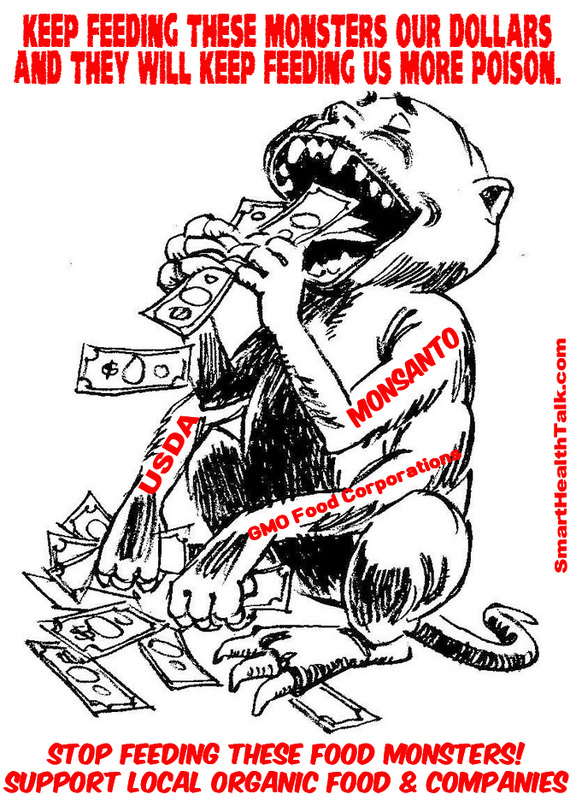
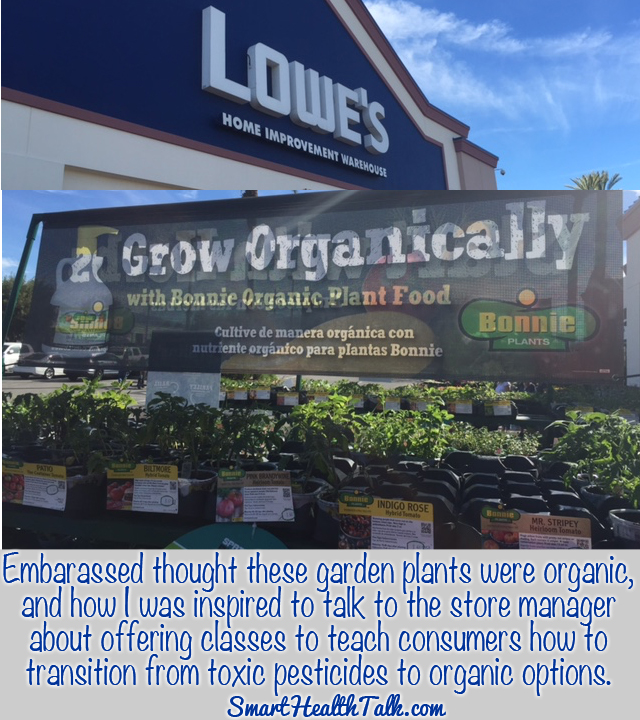
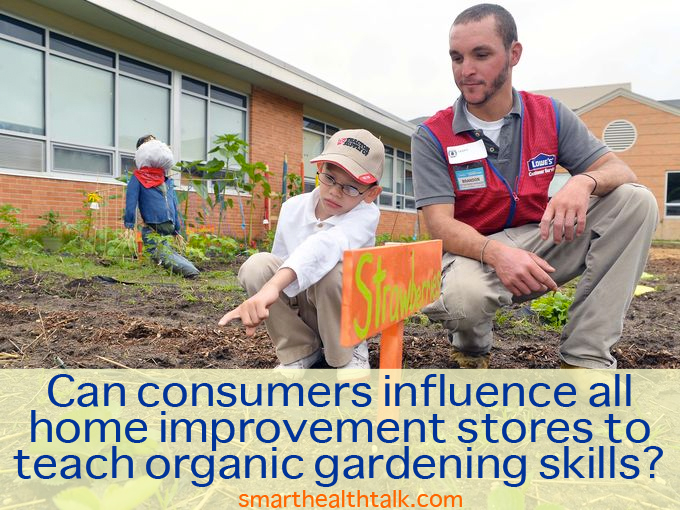


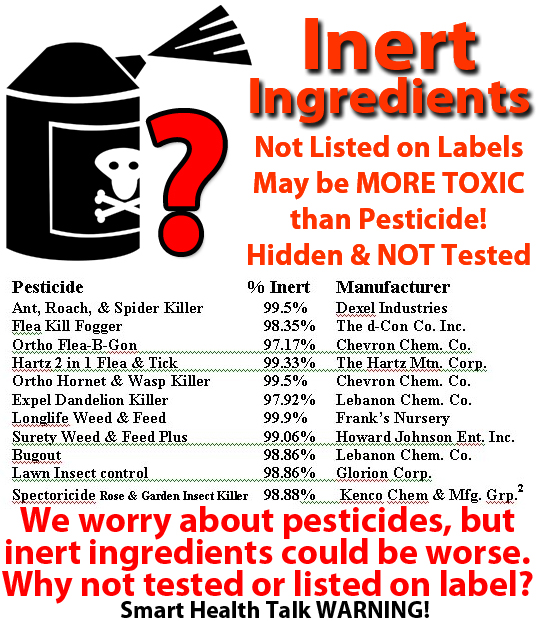

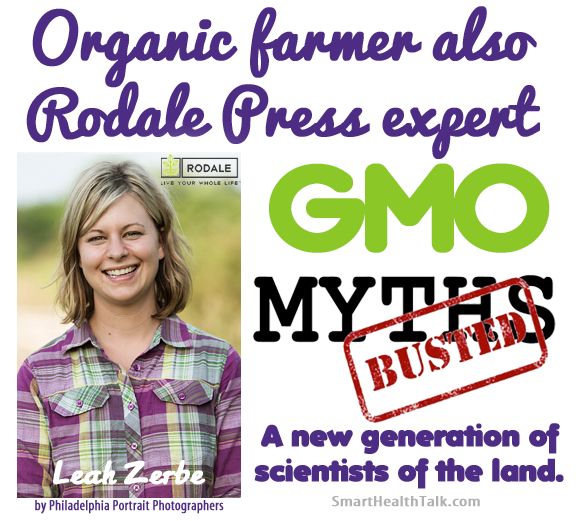
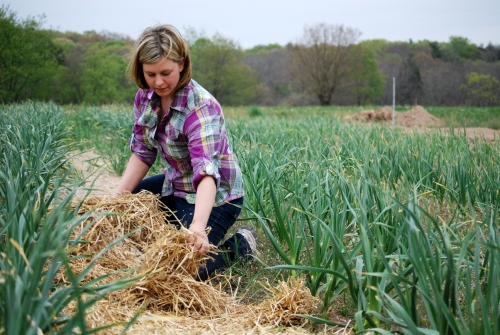

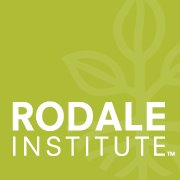

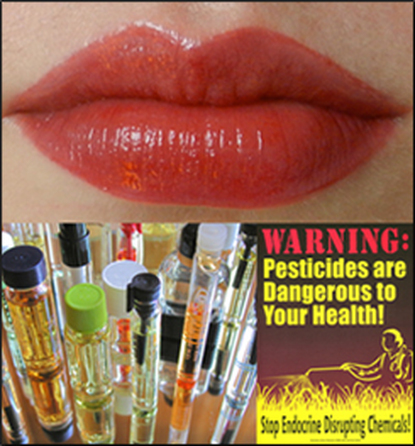
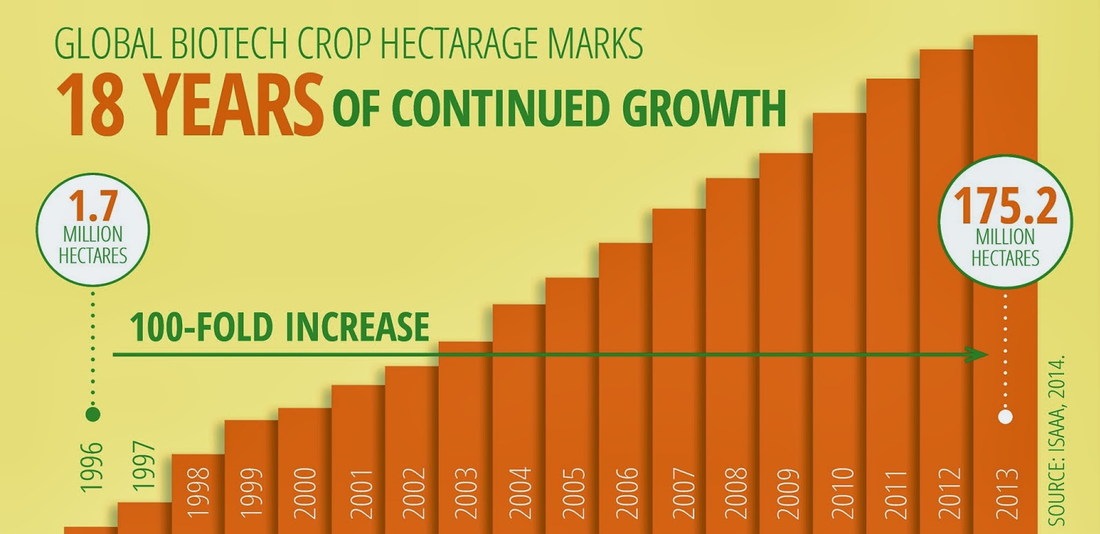

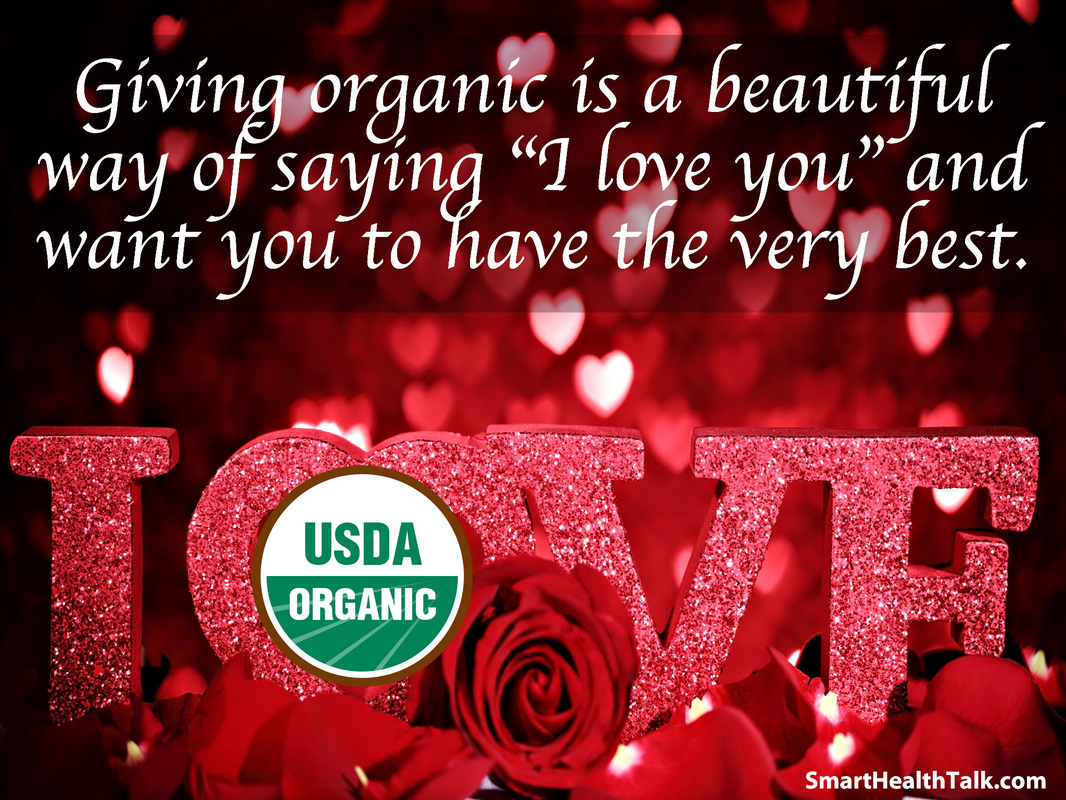
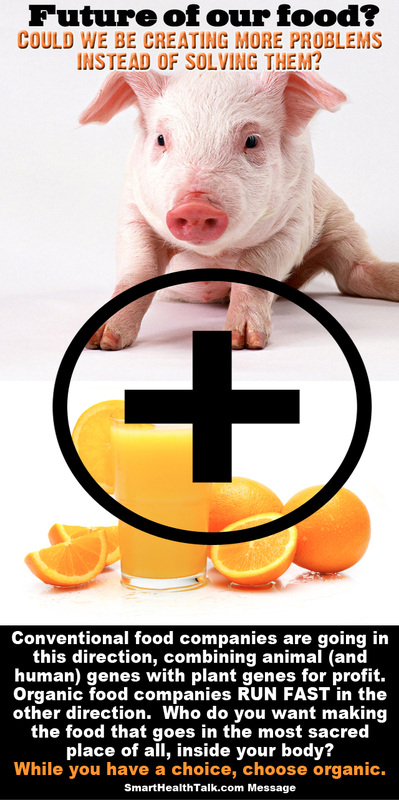
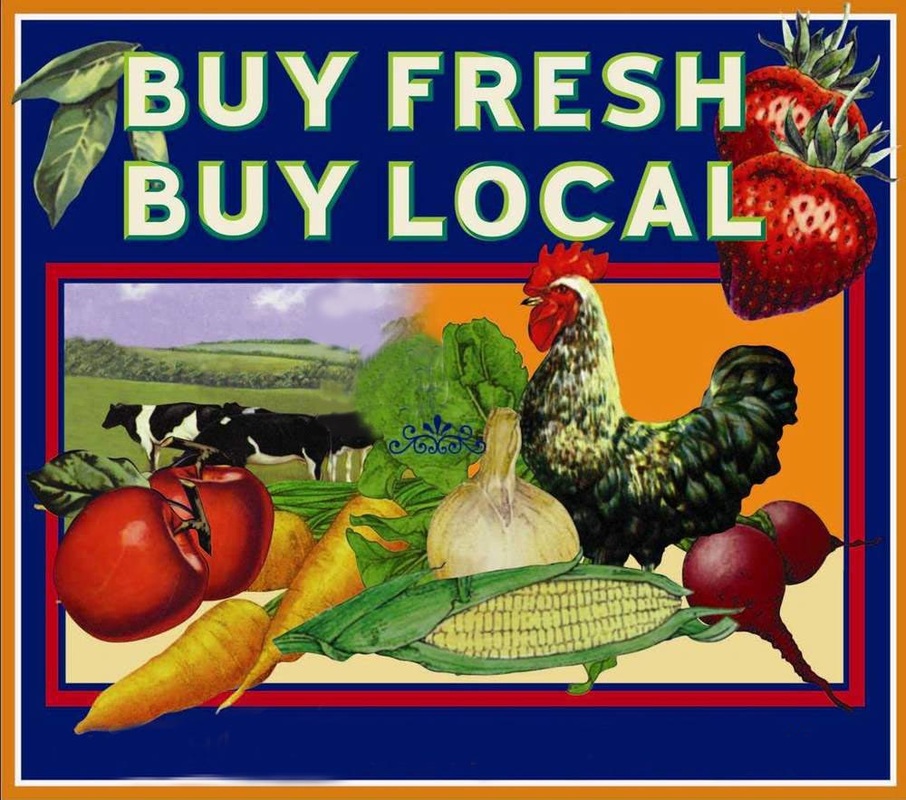
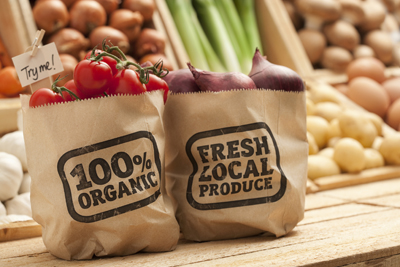
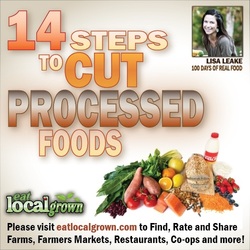
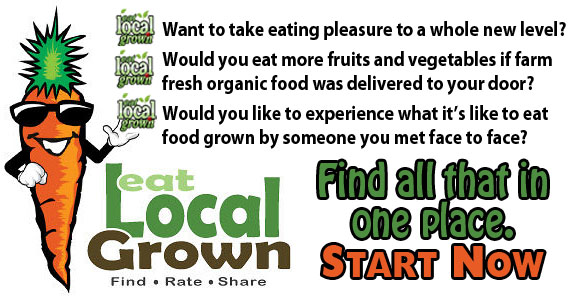

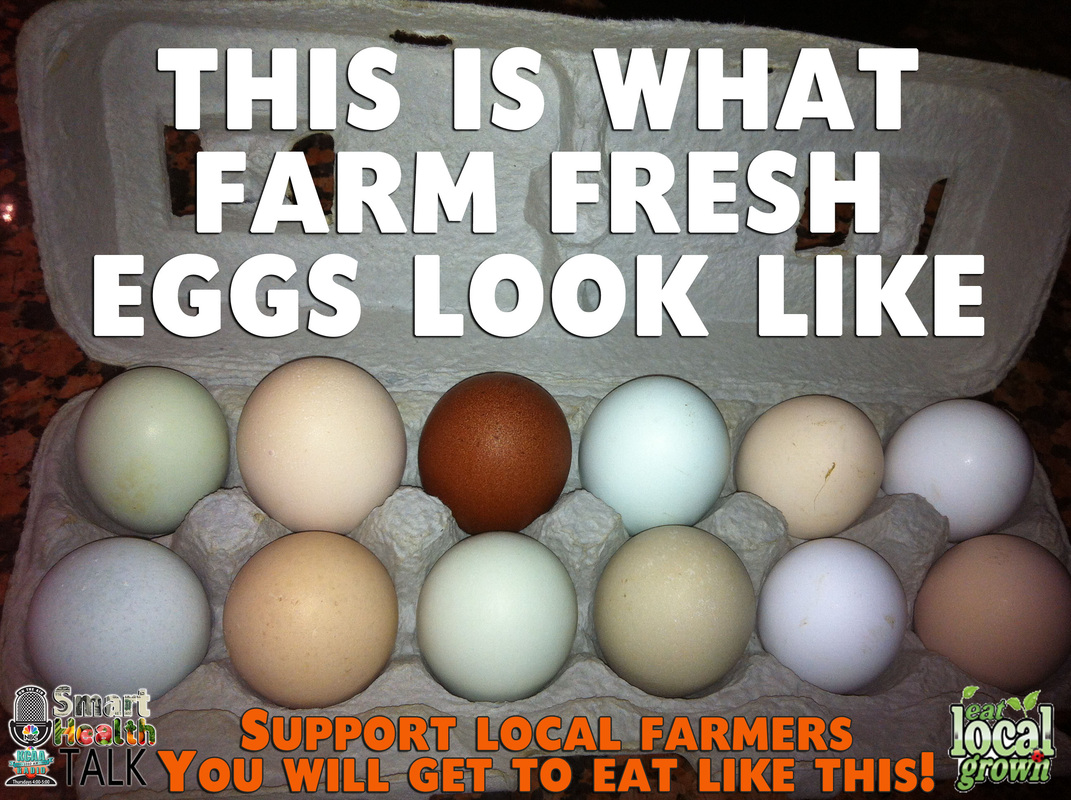
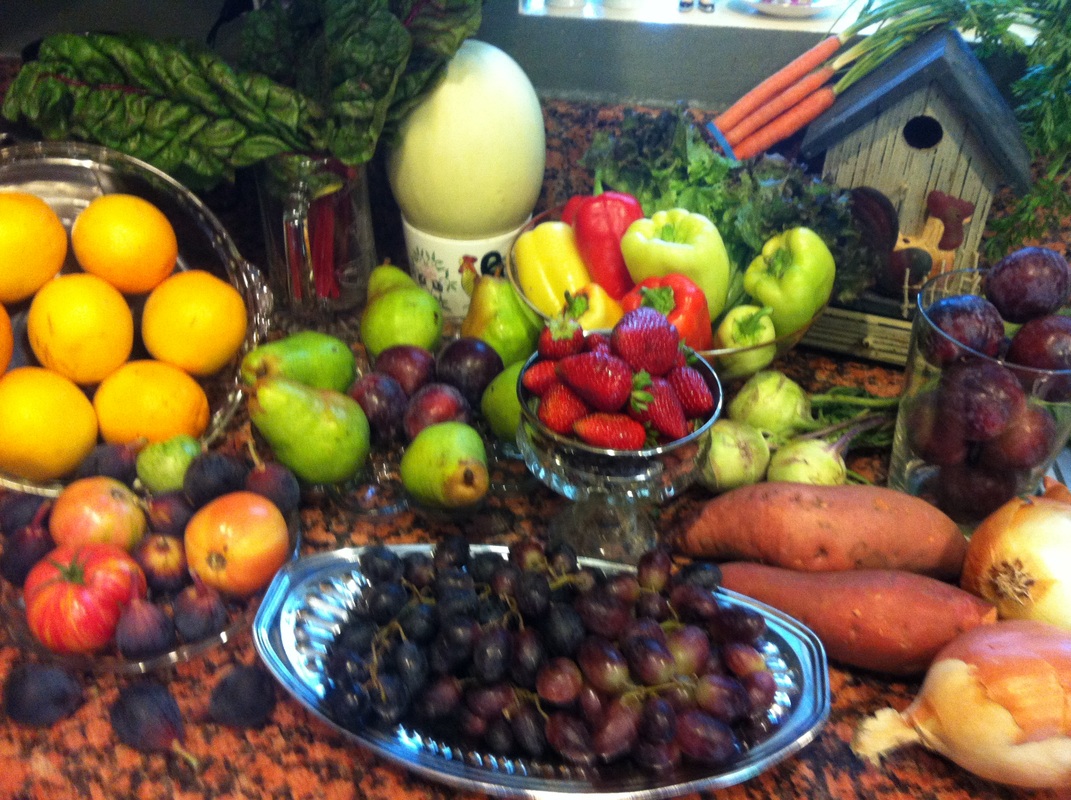

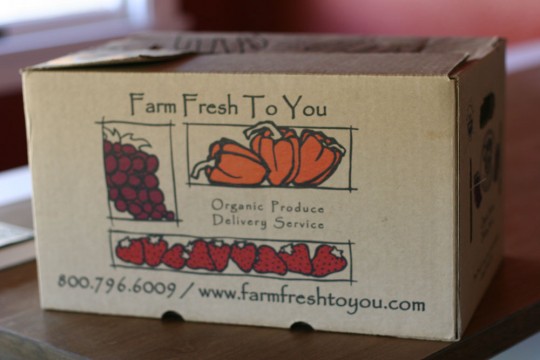
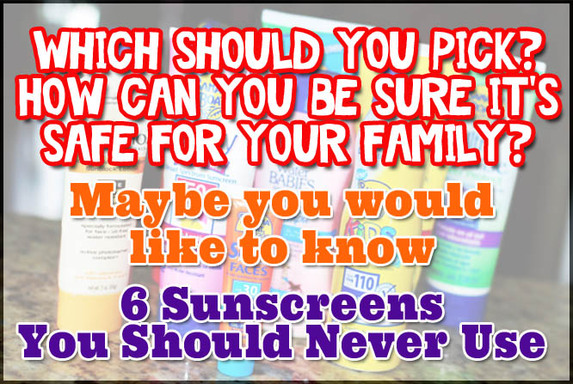


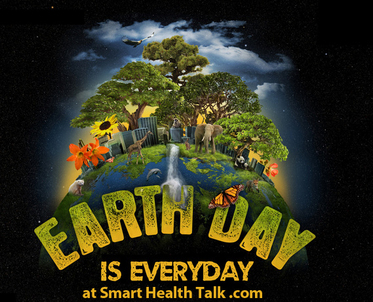
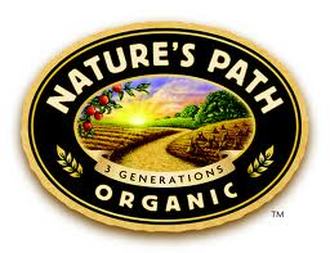



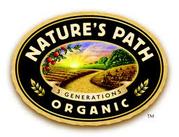

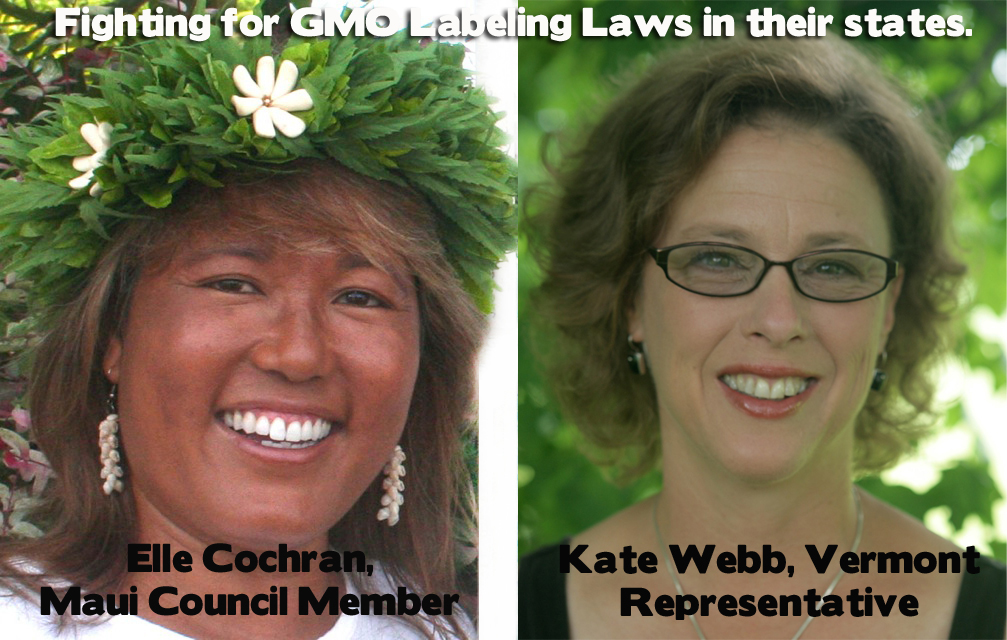






 RSS Feed
RSS Feed
